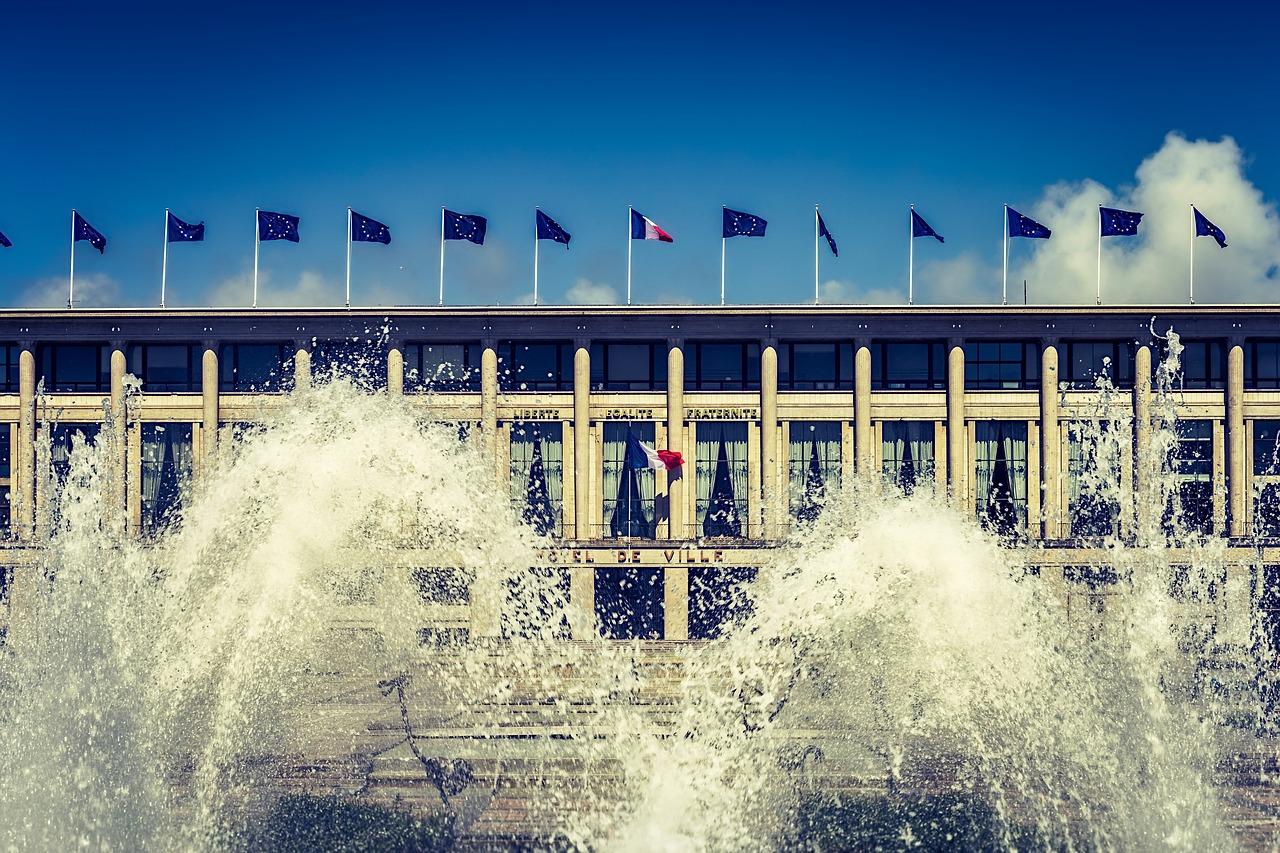Situated in the middle of Western Europe, France is a country with a fascinating history shaped by conquest, conflict and revolution. From the shaping of the nation in the Middle Ages to the abolition of the monarchy and its role in the Second World War, the history of France is rich and varied.
France has seen hundreds of era-defining events as well as a wealth of important figures. When it comes to the building of a republic, it’s fair to say that France has not had an easy ride. Learning more about a country’s past is a great way to gain an understanding of the outlook and traditions of its people.
496
Clovis I converted to Christianity, marking the alliance between the Frankish kingdom and the Catholic Church
800 (December 25)
Charlemagne is crowned Holy Roman Emperor by Pope Leo III
843
The Treaty of Verdun divided the Carolingian Empire
1475 (August 29)
Louis XI signed the Treaty of Picquigny with England
1624
The beginning of a strong partnership between Louis XIII and Cardinal Richelieu
1661
Louis XIV officially built the Palace of Versailles
1789 (June 17)
Third Estate declares itself the National Assembly
1789 (July 14)
Storming of the Bastille
1789 (August 26)
Declaration of the Rights of Man and of the Citizen
1940 (June 22)
France signs an armistice with Nazi Germany
1940 (July 10)
Establishement of Vichy Regime under Pétain
1958 (June 1)
Charles de Gaulle became Prime Minister and began to draft a new constitution.
1958 (October 4)
The Fifth Republic is officially established
1968 (May 3)
Riots and clashes took place at the Sorbonne
1968 (May 6)
Night at the Barricades
So, let’s take a look at 11 of the most important moments in the history of France!

481 – 511: The Reign of Clovis
Widely regarded as the founder of the kingdom of France, Clovis I was originally the king of a Frankish tribe known as the Salian Franks. Through military conquests and expansion, including territories in Gaul, Clovis successfully united all Frankish tribes under one crown, laying the foundation for the Kingdom of the Franks. Born into a pagan family, Clovis was eventually baptized after being influenced by his wife, Queen Clotilde, who was a staunch Catholic. This decision made his kingdom stronger, expanding his influence to Gaul as he gained support from the Papacy.
Did you know Clovis was also famous for forming a strong legal foundation of the Franks through the Salic Law and his decision to move the kingdom's capital from Tournai (now located in Western Belgium) to Paris in 508?
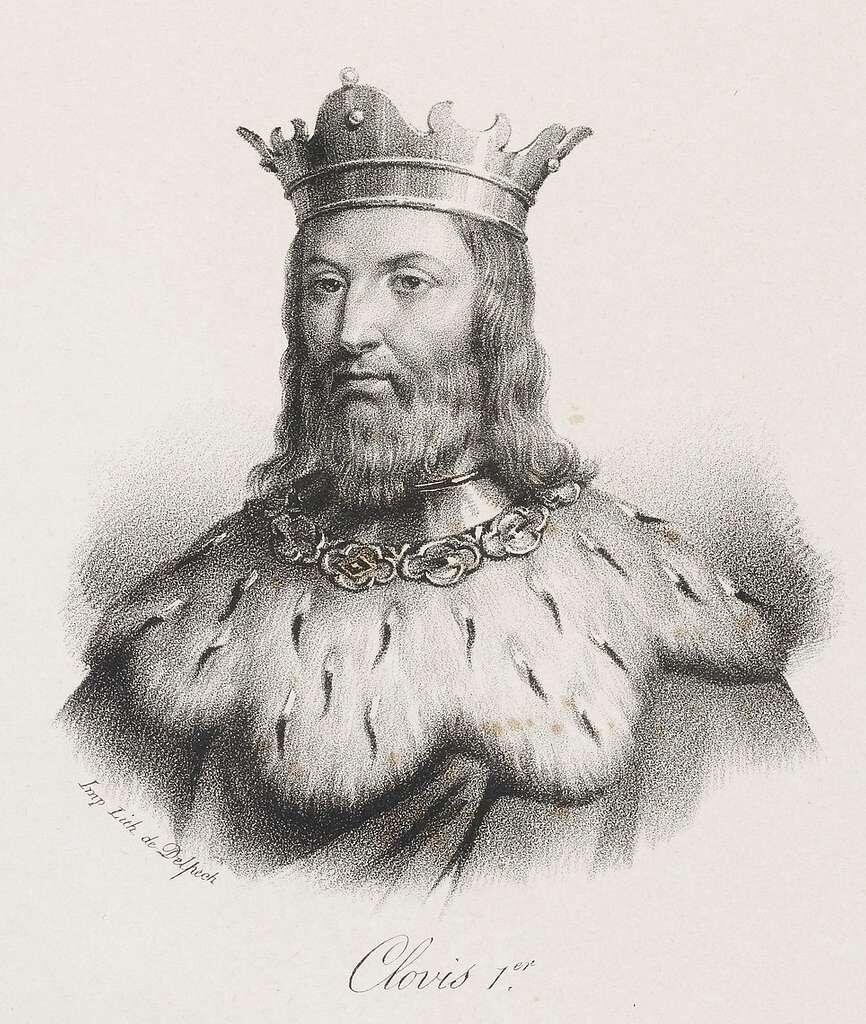
His changes to the political system from one where each tribe had its own ruler to one where they were all ruled over by a king homogenised the Frankish Kingdom and ensured that the crown would be passed down to his descendants. Because of this, Clovis I is considered to be the founder of the Merovingian dynasty, which survived for over 200 years.
✅ How did this moment change France? Clovis's reign marked the foundation of the French monarchy and the emergence of France as a distinct political entity. His conversion to Catholicism not only secured the loyalty of his subjects but also forged a lasting alliance between the French monarchy and the Roman Catholic Church, shaping France’s religious and political identity for centuries.
800: Charlemagne Becomes Holy Roman Emperor
Charlemagne, also known as Charles the Great, jointly inherited the Frankish crown with his brother, Carloman, following the death of their father, Pepin III. The division of power over the kingdom made for a fierce rivalry between the brothers, and Charlemagne made as many alliances as he could to secure his position as ruler. However, when Carloman died suddenly and unexpectedly in 771, Charlemagne was left as ruler of the Frankish Kingdom.
Charlemagne was a military warrior whose duty was to lead his troops to victory over other territories in the same way that his Merovingian predecessors had. In his expansion effort over most of Western Europe, Charlemagne was able to keep Christianity in the West alive and bring peace to the region.
In 799, after facing political opposition and exile in Rome, Pope Leo III sought the protection of Charlemagne, who provided military support and restored him to power. As a culmination of their alliance, Leo III crowned Charlemagne as Holy Roman Emperor on Christmas Day in the year 800.
✅ How did this moment change France? Charlemagne’s reign reinforced the idea of a strong, centralized monarchy as essential for stable governance. His coronation as Holy Roman Emperor elevated the Frankish kingdom’s prestige and solidified its influence in medieval Europe, laying the foundation for France’s future as a dominant power.
843: Signing of the Treaty of Verdun
Following the death of Louis the Pious (son of Charlemagne), the Carolingian empire was divided into three territories – one from each of Louis’s surviving sons. Louis’s eldest son, Lothair I, was not happy with the amount of power he had been left by his father, and so he sought to overrule his brother Louis the German and half-brother Charles the Bald to gain control of the whole empire.
In retaliation to Lothair’s greed, Louis and Charles declared war on their brother. The signing of the Treaty of Verdun brought an end to the Carolingian Civil War and partitioned Charlemagne’s empire into three sections:
🗺️ West Francia
- Received by Charles the Bald
- Today: Modern France
🗺️ Central Francia
- Received by Louis the German
- Today: Modern Germany
🗺️ East Francia
- Received by Lothair I
- Today: Parts of modern Italy, the Netherlands, Belgium, Switzerland, and parts of France and Germany.
✅ How did this change France? The signing of this treaty created the official division between modern France and Germany. It would also set the stage for centuries of rivalry between these two countries.
1461-1483: The Reign of Louis XI
Following Charles VII’s death in 1461, Louis XI inherited the throne, but his rise to power was complicated by his past tensions with his father. As a young prince, Louis had been granted control over the Dauphiné region, where he ruled almost independently — defying his father’s authority.
In response, Charles VII sent troops against him, prompting Louis to flee to the court of the Duke of Burgundy for protection.
Upon becoming king, Louis initially relied on Burgundian support, but his relationship with Burgundy soon turned hostile, particularly with Charles the Bold, Duke of Burgundy. The Duke of Burgundy had allied with England, hoping to challenge Louis’s rule.
To weaken this alliance, Louis (later known for his nickname: The Spider King) negotiated the Treaty of Picquigny (1475) with Edward IV of England, securing peace through diplomatic means (or bribery, for that matter).
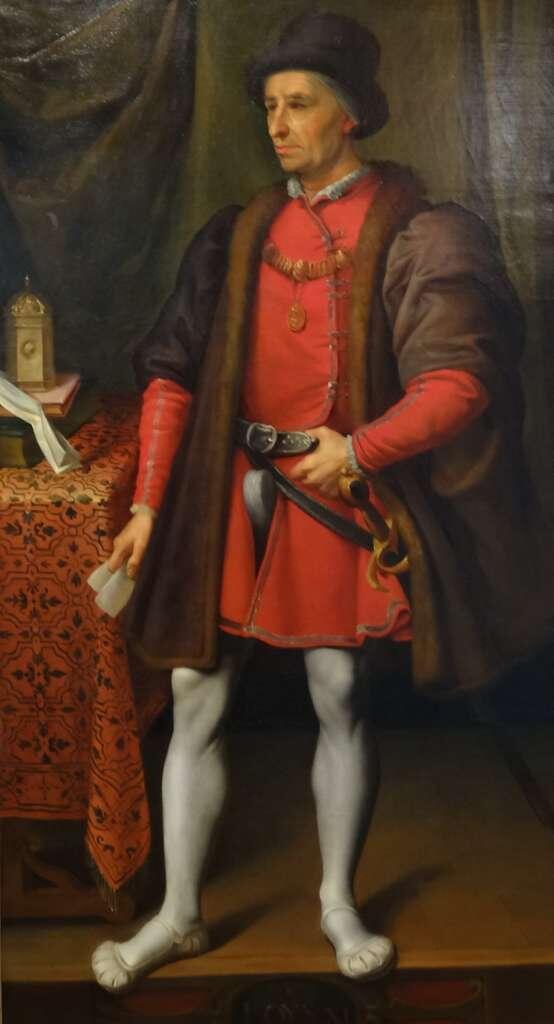
The treaty ensured that England renounced its claims to France in exchange for a large pension and trade privileges alongside 7 years of truce, preventing further English involvement in French affairs and declaring peace between England and France. Crowns were the main French currency during his reign, and here's how much Louis XI paid for the treaty:
✅ How did this change France? The reign of Louis XI demonstrated the importance of diplomacy in maintaining stability between neighboring countries. His policies ensured that England no longer interfered in French affairs, allowing France to focus on internal consolidation.
1610 to 1643: Louis XIII — The Foundations of Absolutism
At the age of 8, Louis XIII became the King of France after the assassination of his father, Henry IV. His mother, Marie de’ Medici, ruled as regent, but her unwise court decisions and connections led Louis to exile her and execute some of her most popular followers. Louis' breakthroughs were evident in the political, religious and cultural spheres when he appointed Cardinal Richelieu as his chief minister in 1624.
Under this partnership, Louis managed to weaken the power of the French nobility, who were constantly challenging the royal authority by destroying their private castles and denouncing private armies. They also successfully defeated the Huguenots (French Protestants), who were posing a threat to the dominance of Catholicism in France through the Siege of La Rochelle by the end of 1627.
One could argue that the greatest legacy of Louis XIII's reign is the establishment of the Académie Française. Founded in 1635 by Cardinal Richelieu, this institution was created with the vision of regulating French as a standardized language to support a strong, centralized government.
Here are some of the key roles of the Académie Française:
✅ How did this change France? Louis XIII's reign served as a strong foundation for the absolute monarchy that his son, Louis XIV, would inherit. His wisdom in appointing Cardinal Richelieu also reinforced France’s identity through culture, just as he strengthened it politically and religiously.

1661: Centralization of Power in France by Louis XIV
King Louis XIV, also known as the ‘Sun King ’ reigned from 1643 to 1715. He is most notable for literally bringing France’s royal and political centres under one roof at his home, the Palace of Versailles.
Louis achieved this firstly by declaring himself as the divine ruler of the Kingdom of France following the death of Cardinal Mazarin, his chief minister. Though this move was strictly against French political and royal tradition, Louis was convinced of his divine right to rule over the Kingdom as an absolute monarch.
L'état, c'est moi (I am the state)
King Louis XIV
During his time as ruler of France, Louis XIV saw it as his duty to address the problems caused by the nobility, which usually appeared in civil wars. He managed to do this by hosting events for the aristocracy as well as the parliament and other members of the royal family at Versailles, which eventually contributed to extravagant spending and further economic woes for the country. With this united political and royal life, it also meant that Louis had a means of keeping an eye on the nobles to strengthen his absolute power and position.
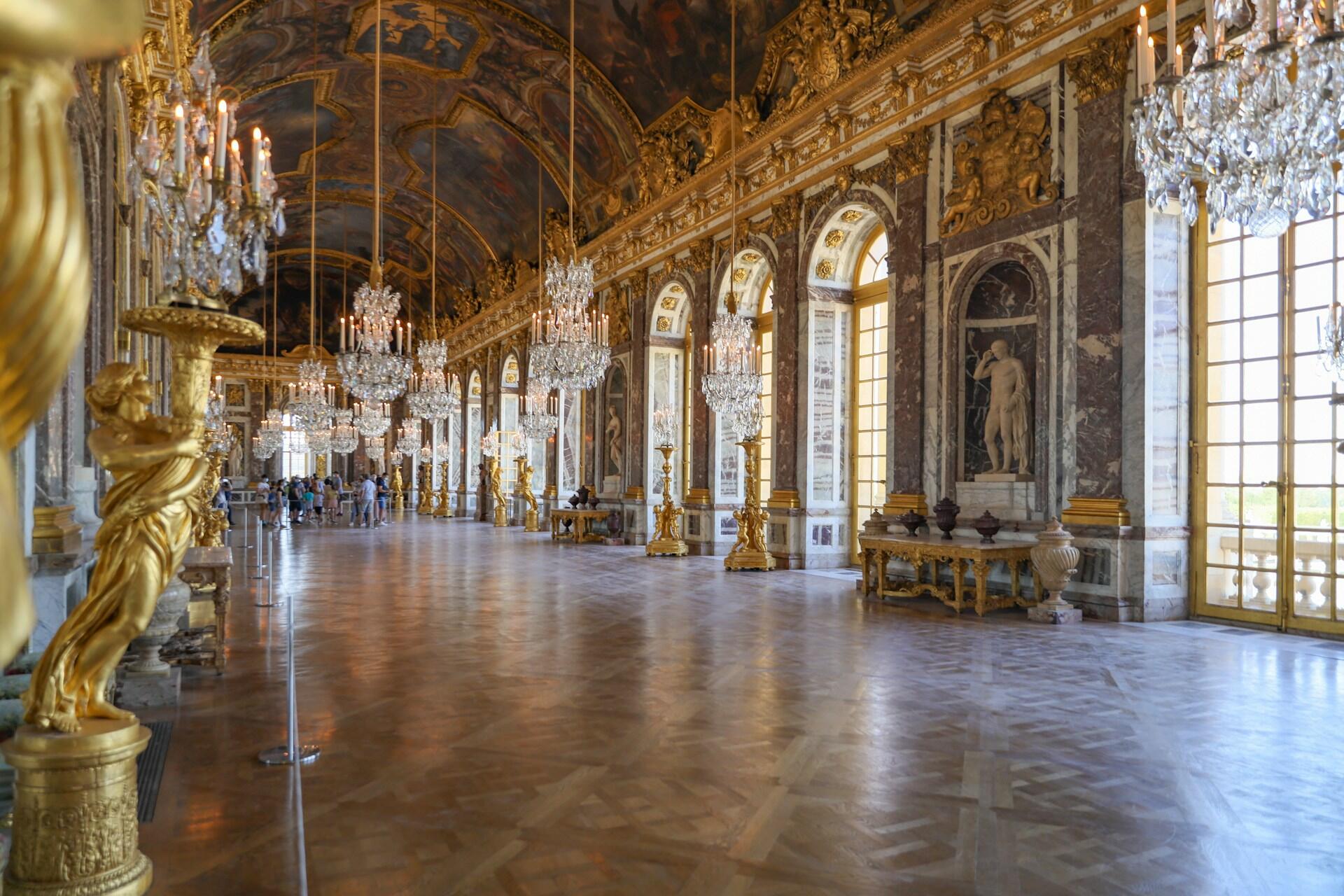
✅ How did this change France? France became the most dominant power in the European region, with Versailles serving as both a political center and a symbol of French cultural superiority during the 16th century. Under King Louis XIV, France established a strong absolute monarchy where the king’s authority was unquestioned.
1789: The French Revolution and Bastille Day France
The French Revolution was a pivotal point in the history of France. Starting with the riots by a disgruntled Third Estate (made up of peasants, workers, and middle class), and ending with the abolition of the French monarchy, the French Revolution saw many bloody battles, executions and triumphs for the rebels. There were many causes of the revolution.
For instance, a financial crisis and hefty debt left King Louis XVI looking for a way to raise funds. Unfortunately, his proposed taxation of the traditionally-exempt nobles was rejected, and then he brought together the Estates-General (France’s old parliamentary system) in an attempt to resolve the issue.
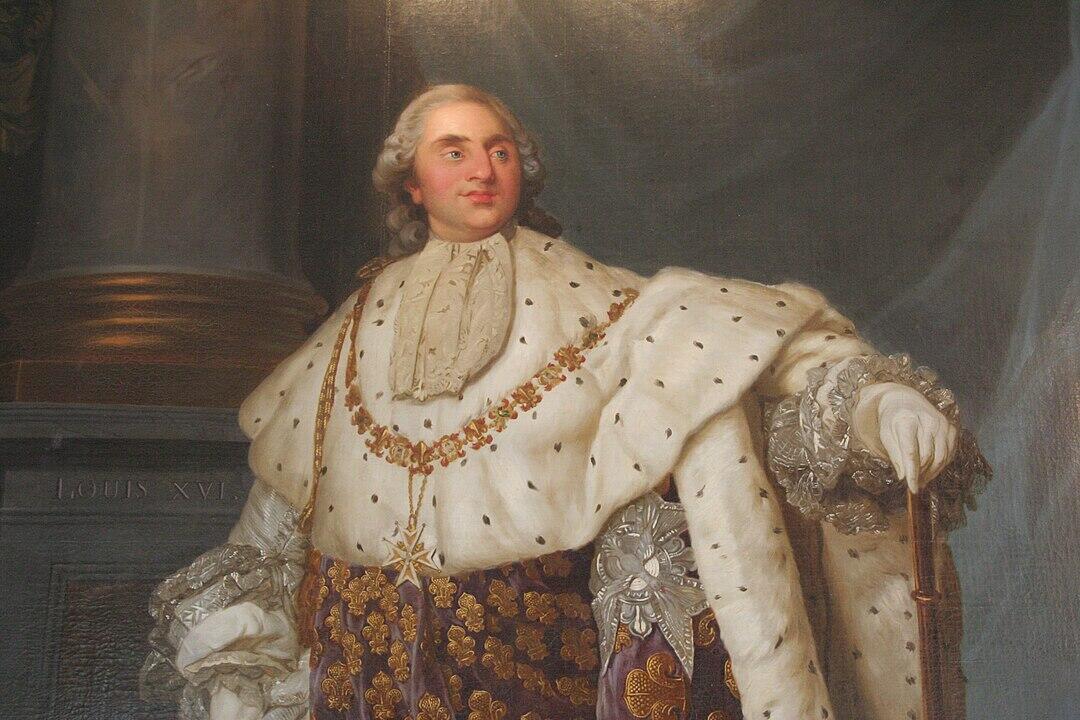
However, the Third Estate declared itself the sovereign ruler of France after separating from the Estates-General. The growing anger and frustration among the commoners eventually led to the fateful storming of the Bastille.
On July 14, 1789, thousands of Parisians stormed the Bastille, a prison and symbol of royal tyranny, marking the start of the revolution. This event is still celebrated in France today as Bastille Day to celebrate freedom and democracy.
✅ How did this change France? By the end of the French Revolution, absolute monarchy had ended in the country, but it led to the rise of Napoleon Bonaparte. The spread of ideas such as liberty, equality, and fraternity eventually shaped the foundation of modern democracy in France, abolishing feudal rights and advocating for equality for all citizens.
1789: Declaration of the Rights of the Man and of the Citizen
The drafting of the Declaration of the Rights of the Man and of the Citizen of 1789 (Déclaration des Droits de l'Homme et du Citoyen) marked another key point in the French Revolution when it was adopted by the National Constituent Assembly as part of the creation of a new French constitution.
The document is made up of seventeen articles detailing the rights of man within the context of a new France.
The Declaration calls for an end to feudalism, as well as granting the French people sovereignty over their country. It became part of the French Constitution of 1791, formally ending the monarchy’s absolute power.
This declaration was used alongside the Magna Carta as inspiration for the United Nations Universal Declaration of Human Rights in 1948.
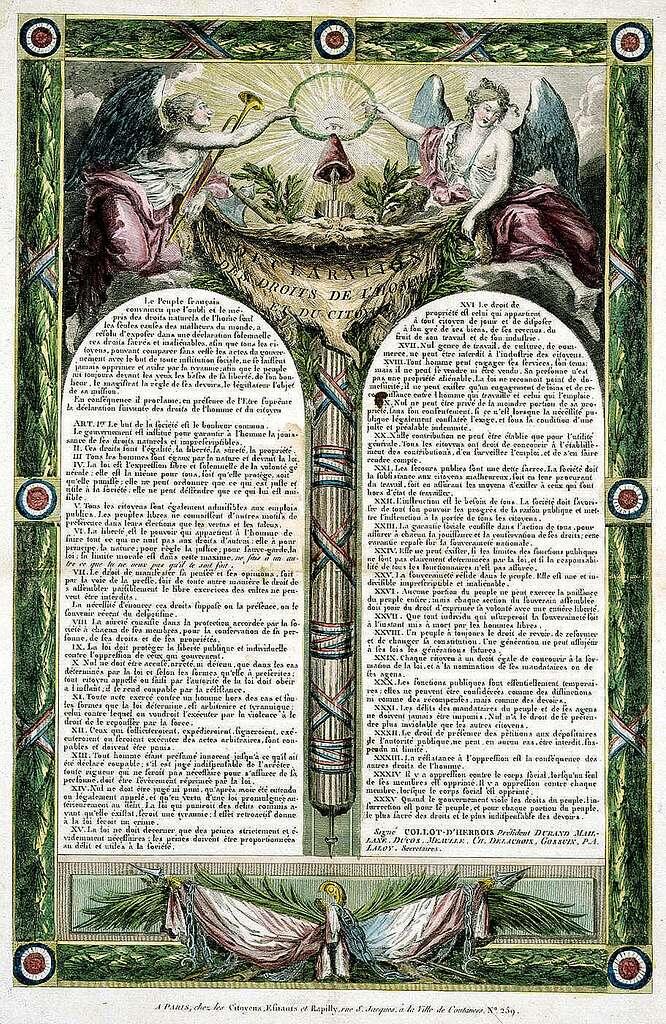
✅ How did this change France? This declaration completely rejected the notion of absolute monarchy and marked the birth of modern rights in French democracy, benefiting every French citizen from that point onward. The democratic principles of the document would also go on to inspire human rights movements globally.
1940-1944: The Vichy Regime
During World War II, Nazi Germany invaded and defeated France. Instead of continuing the fight, Marshal Philippe Pétain, who was then the head of the French government, chose to surrender and seek peace from Hitler
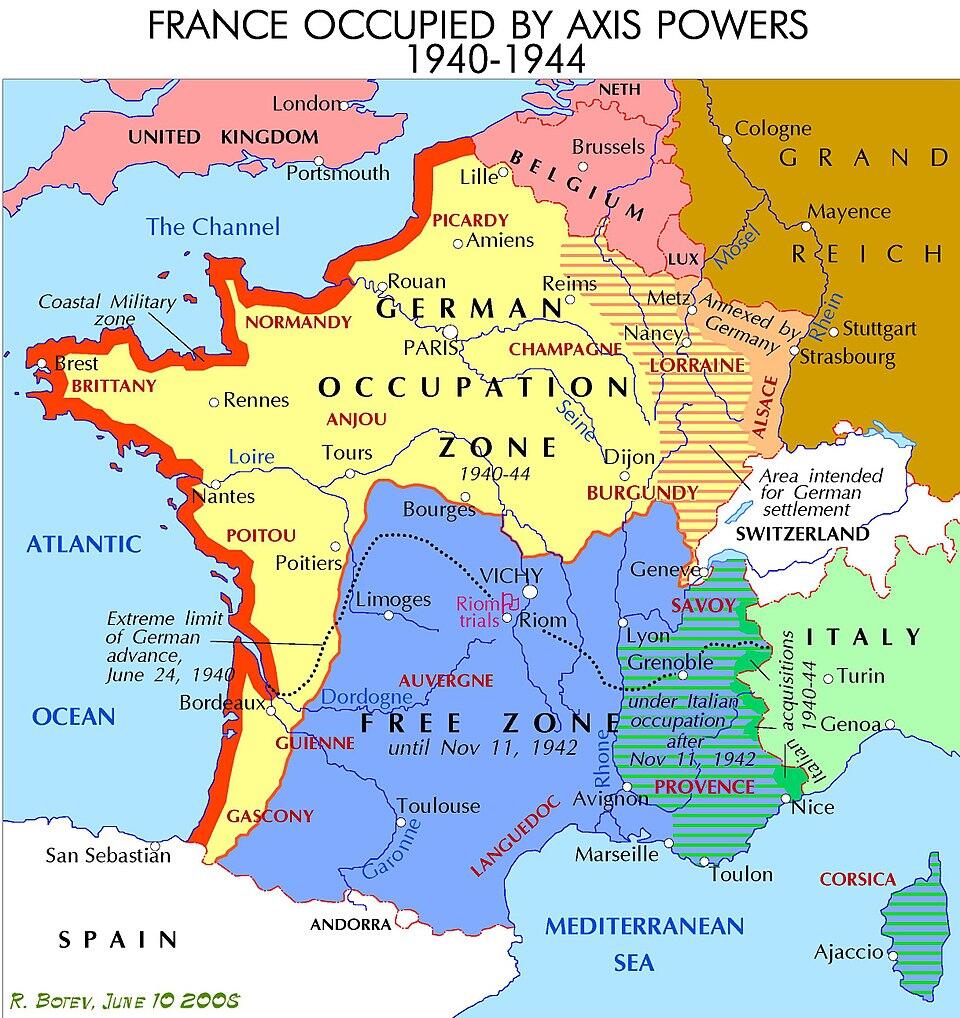
This resulted in the the signing of the Franco-German Armistice in 1940, which divided France into two zones.
Under the agreement, Germany occupied northern France (including Paris), while southern France (Vichy France), known as the "Free Zone", remained under the control of Pétain, the head of the Vichy regime, under German supervision.
The Vichy Regime marked the beginning of an authoritarian rullling by Pétain, where democratic values practiced by the Third French Republic was replaced by dictatorship and similar values followed in Nazi Germany. Pétain’s subsequent collaboration with Germany, including the deportation of thousands of Jews to Nazi concentration camps, was met with great protest. The Vichy regime ended in 1944 when France was liberated by the Allies.
Travail, famille, patrie (Work, Family, Fatherland)
Motto of Vichy Regime
✅ How did this change France? Vichy’s collaboration with Hitler remains a dark chapter in France's history. However, it also fueled a great nationalist movement to rebuild the country’s democracy after World War II.
1959: Declaration of the Fifth Republic
After World War II, France adopted the Fourth Republic (1946–1958), a parliamentary system where the National Assembly (parliament) held most of the power. However, too much parliamentary power led to more conflicts and inefficiency in governance. In just 12 years, France saw over 20 different governments because of political disagreements!
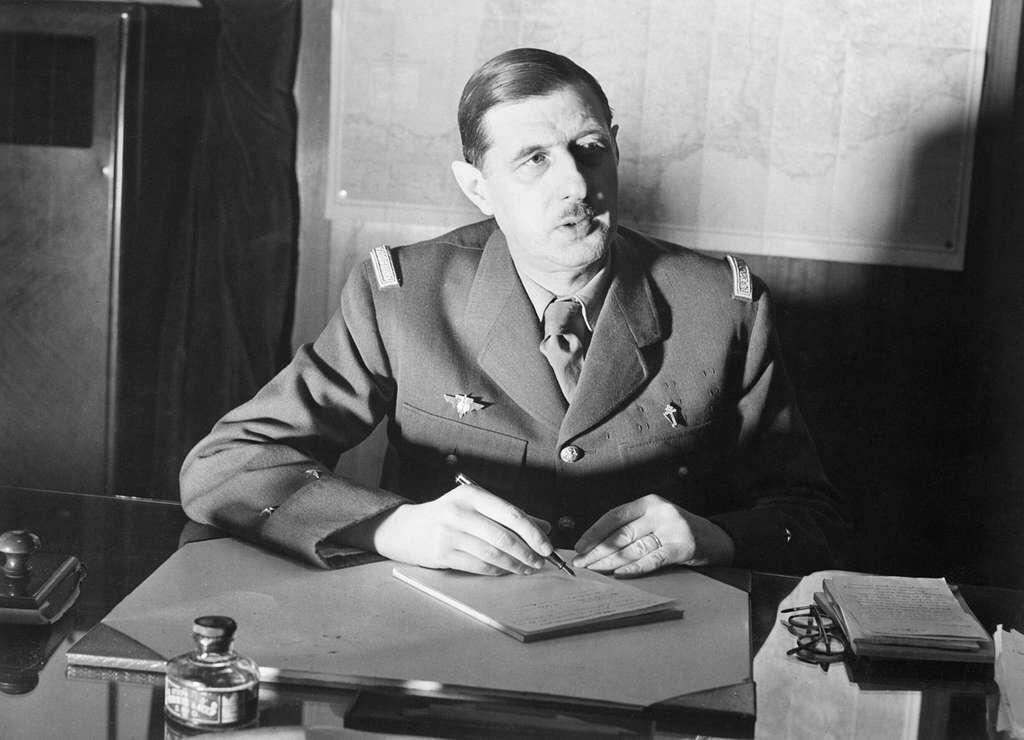
To overcome this, Charles de Gaulle was appointed as President, and he wrote The Fifth Republic to replace the Fourth Republic, which was approved by referendum in September 1958.
The key difference between the fourth and the fifth republics is that the president was given more authority at the expense of the National Assembly, which is now the lower house of parliament.
| Feature | Fourth Republic (1946–1958) | Fifth Republic (1958–Present) |
|---|---|---|
| Government Type | Parliamentary (weak president) | Semi-presidential (strong president) |
| Presidential Power | Weak, mostly symbolic | Strong, real executive power |
| Prime Minister | Chosen by Parliament, often changed | Appointed by President, more stable |
| Parliament Authority | Supreme authority | Weakened, but still important |
| Dissolution of Parliament | Difficult | President can dissolve Parliament anytime |
| Efficiency of government | Slow, frequent government collapses | Fast, stable leadership |
✅ How did this change France? The Fifth Republic became the cornerstone for France’s current form of government, which blends elements of a parliamentary and presidential system. It also offers stronger executive power to the President of France to create a strong and stable government.
1968: Riots of May ’68
The 1960s saw a lot of political turmoil in France. Algerian independence, the declaration of the Fifth Republic and the Vietnam War meant that there was plenty to discuss, and with the significant growth in the number of young people attending university in France, students had a voice of their own.
Tired of a country preoccupied with old values of imperialism and traditionalism, the students’ disdain for the way the country was being run was ignited by a dispute on the presence of males and females in the same university dormitories.This argument led to a snowball effect which led to the imprisonment of students, the building of barricades and the closing of the Sorbonne University in May 1968.
✅ How did this change France? May 1968 is remembered as a demonstration of anti-authoritarianism and the rejection of conservative values in France.
Explore the History of France Timeline & Language With Superprof
Fascinated by the history of France? Indeed, the victories and hardships seen by the French nation are not only significant in the history of France, but in the history of Europe. At Superprof, you can have a comprehensive French learning experience in terms of its language, culture, and history with an experienced and qualified tutor. Learners can opt for physical or online French lessons according to their preferred schedule and locations.
Embark on an exciting learning journey with Superprof today!
Résumer avec l'IA :

